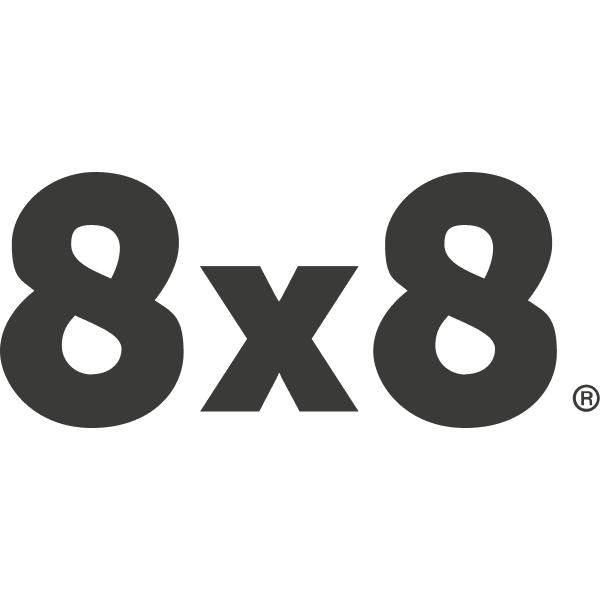What is a Codec in VoIP

What is a codec in VoIP?
VoIP, or Voice Over IP, is a group of communication technologies that allow people to make and receive calls over the internet. VoIP codecs are used to compress the data sent during those calls, allowing for lower latency and higher audio quality.
Codec comes from the words Compression and Decompression. A codec is an algorithm that is used to compress audio and/or video, allowing high-quality media content to be transmitted over the internet.
VoIP codecs are important because they allow high-quality voice calling to be conducted without using a huge amount of bandwidth. This means a home user can make long-distance calls even if their internet connection is slow. It also means business users can run lots of VoIP lines for a contact center on one connection.
H2: VoIP codecs explained
Humans have an impressive vocal range and are able to produce sounds between 80 through to 14,000 Hz; however, most sounds in day-to-day speech are between 350 - 4,000 Hz.
Narrowband signals used in voice calls take advantage of that knowledge, covering the 300 Hz to 3,400 Hz. The G.711 codec is an example of a narrowband VoIP codec. If you're participating in a call using G.711 you should notice the audio quality is good enough that you and the other participants can understand each other, but if you played music down the call it would sound wrong.
Wideband signals cover 50 Hz to 7,000 Hz. G.722 is an example of this codec. The wider frequency range makes calls much clearer and easier to understand. Super wideband signals go all the way up to 16,000 Hz, making them suitable for voice and music.
It's natural to wonder why you wouldn't just use the highest quality codec at all times. The answer to that is bandwidth. G.722 uses 64 Kb/s for wideband audio. Super wideband bitrates can be much higher.
G.729 uses just 8 Kb/s for similar audio quality to G.711 but with the speech broken up into small packets. The way the audio is compressed means it's fine for speech, but other audio may sound choppy. If you want to be able to operate lots of lines from your contact center, however, it's a good solution.
H2: Codecs are for more than just voice
VoIP isn't the only thing that relies on codecs to facilitate smooth communication. Video calling uses codecs too. Just as there are many standards for VoIP codecs, there are many choices for streaming when video content is involved as well.
Knowing which codecs to select and how to configure your business communication systems to reduce latency and maintain quality can sometimes be tricky. Your PBX phone system most likely offers a number of codec options, and you can use Quality of Service features on your router to prioritize VoIP to ensure the best caller experience.
There's a growing movement towards cloud-based phone systems, however. With a cloud PBX, the bulk of the configuration, maintenance and security work is done by your cloud services provider, and you can access tech support when you need it, too.
If you'd like to know more about our cloud PBX offerings, contact the 8x8 team today to discuss your VoIP and video conferencing needs.


